At Stanton Pet Hospital in Stanton, California, we believe that caring for your pets goes beyond routine vaccinations and check-ups. One vital but often overlooked component of pet care is indoor enrichment. This practice not only keeps your pets entertained but also fosters their physical, emotional, and mental well-being, helping them lead happy, healthy lives even within the confines of your home.
Indoor enrichment is about creating opportunities for your pet to engage with their environment in a meaningful way. It addresses boredom, encourages physical activity, and stimulates their natural instincts, contributing to a balanced and fulfilling life. Here, we’ll explore why indoor enrichment is so important, how you can implement it, and how it can transform your pet’s health and behavior.
Why Indoor Enrichment is Crucial
The Connection Between Enrichment and Health
Just like humans, pets need stimulation to thrive. Without proper engagement, pets can become bored, leading to a range of physical and behavioral problems. Here are some common issues linked to a lack of stimulation:
- Obesity and Related Conditions: Pets with limited activity are at higher risk of obesity, which can lead to diabetes, heart disease, and arthritis.
- Anxiety and Stress: A lack of mental stimulation can manifest as anxiety, causing behaviors such as excessive grooming, barking, or pacing.
- Destructive Behaviors: Pets left unstimulated may resort to chewing furniture, clawing at doors, or other disruptive activities.
- Cognitive Decline in Seniors: For aging pets, lack of mental activity can accelerate cognitive deterioration, leading to confusion or decreased quality of life.
Psychological Benefits
Beyond physical health, enrichment helps maintain emotional stability. Pets with access to engaging activities are generally happier, more relaxed, and better behaved. Enrichment satisfies their natural instincts, such as hunting for cats or problem-solving for dogs, providing a sense of accomplishment and reducing frustration.
Types of Indoor Enrichment
Indoor enrichment can take many forms, targeting different aspects of your pet’s well-being. By integrating various activities, you can keep your pet’s routine engaging and fulfilling.
1. Physical Enrichment
Physical activities are essential for keeping your pet active and fit:
- For Dogs: Set up an indoor obstacle course using household items like pillows, tunnels, and chairs. Play tug-of-war or fetch to burn off energy.
- For Cats: Install climbing shelves or provide interactive toys like feather wands or laser pointers to encourage exercise.
- General Ideas: Consider using treadmills designed for pets or play fetch with lightweight toys in a safe indoor space.
2. Mental Enrichment
Challenge your pet’s brain with puzzles and games:
- Puzzle Feeders: Make mealtime more interactive by using feeders that require your pet to solve puzzles to access their food.
- Training Sessions: Teach your pet new tricks or commands. This builds their confidence and strengthens your bond.
- Problem-Solving Games: Hide treats around your home for your pet to find, stimulating their natural foraging instincts.
3. Sensory Stimulation
Engage your pet’s senses to prevent boredom:
- Textures and Toys: Provide toys with different textures, sounds, and movements to pique their interest.
- Aromatherapy: Introduce safe scents like lavender or catnip to create new sensory experiences.
- Music and Visuals: Play calming music or nature sounds for your pet or use pet-friendly apps that show moving images, like birds or fish.
4. Social Interaction
Pets thrive on connection, whether with humans or other animals:
- Quality Time: Dedicate time each day to play, cuddle, or train your pet. This one-on-one interaction strengthens your bond.
- Pet Playdates: If your pet enjoys socializing, organize playdates with other pets in a controlled environment.
- Interactive Gadgets: Use pet cameras or treat-dispensing devices to interact with your pet remotely while you’re away.
How to Get Started with Indoor Enrichment
Every pet is unique, and their enrichment needs will depend on factors such as age, breed, and personality. Here are some tips to create a customized enrichment plan:
1. Understand Your Pet’s Preferences
Observe your pet to learn what activities they enjoy. A playful kitten may love chasing toys, while an older dog might prefer gentle, interactive puzzles.
2. Prioritize Safety
Ensure all enrichment tools and activities are safe:
- Remove sharp objects or toxic plants from the play area.
- Choose non-toxic, durable toys to prevent choking or ingestion of harmful materials.
- Monitor your pet during new activities to ensure they’re comfortable and safe.
3. Build a Routine
Incorporate enrichment activities into your pet’s daily schedule:
- Create a balance of physical, mental, and social activities.
- Establish consistent times for play, training, and quiet time to give your pet a sense of structure and predictability.
4. Evaluate and Adjust
Watch how your pet responds to different activities:
- If they seem bored, try introducing a new toy or game.
- For pets who appear anxious, opt for calming enrichment like slow-paced training or soothing music.
Health and Behavioral Implications of Lack of Enrichment
The absence of enrichment can lead to serious health and behavioral issues. Here’s how it can impact your pet:
Physical Health Risks
A sedentary lifestyle increases the likelihood of:
- Obesity
- Joint issues
- Cardiovascular problems
- Poor muscle tone
Behavioral Consequences
Boredom and frustration may cause:
- Excessive barking, meowing, or howling
- Chewing, scratching, or digging
- Anxiety-driven behaviors like pacing or self-mutilation
Cognitive Decline
For senior pets, a lack of stimulation can lead to:
- Memory loss
- Disorientation
- Difficulty learning new tasks
If you notice sudden changes in your pet’s behavior, it’s important to consult a veterinarian. These signs may indicate deeper medical issues or the need for an improved enrichment strategy.
How Stanton Pet Hospital Can Support You
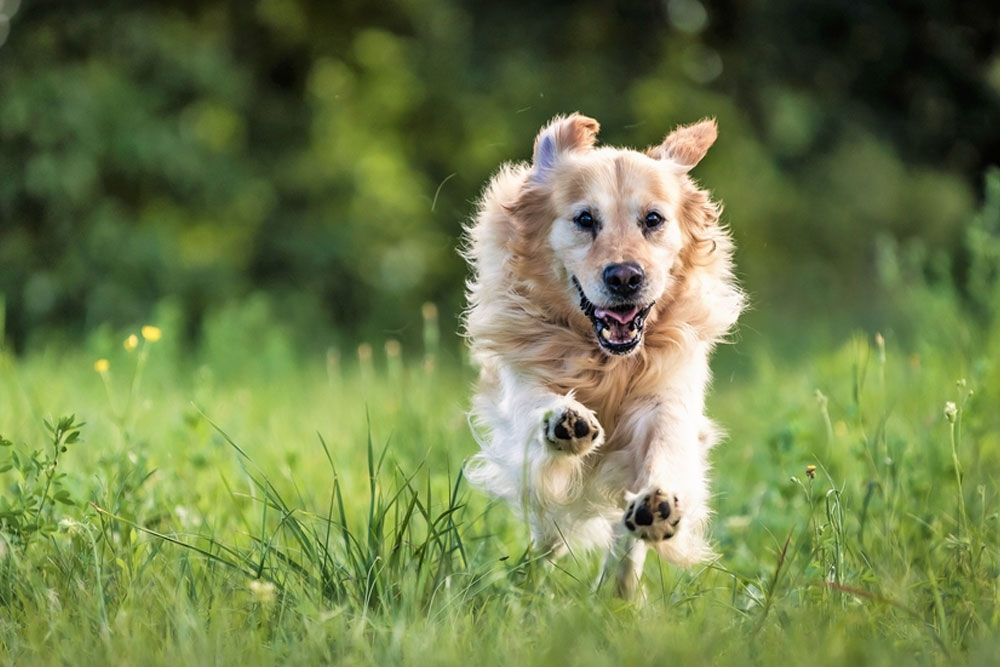
At Stanton Pet Hospital, we’re dedicated to supporting your pet’s overall well-being. Our wellness exams provide tailored advice to enhance your pet’s quality of life. Whether you’re unsure how to start or want to fine-tune your pet’s routine, we’re here to help.
Our services include:
- Personalized enrichment strategies
- Monitoring and managing health conditions affected by lifestyle
- Expert advice on behavioral challenges
Schedule an appointment today to learn more about creating a balanced and stimulating environment for your pet.
Additional Resources
For more tips on pet enrichment, visit The Indoor Pet Initiative, a resource offering creative ideas to keep your pet happy and healthy indoors.
Creating a stimulating environment is one of the greatest gifts you can give your pet. At Stanton Pet Hospital, we’re here to guide you every step of the way. Contact us today to ensure your pet leads a fulfilling, enriched life at home. Together, we can help them thrive!

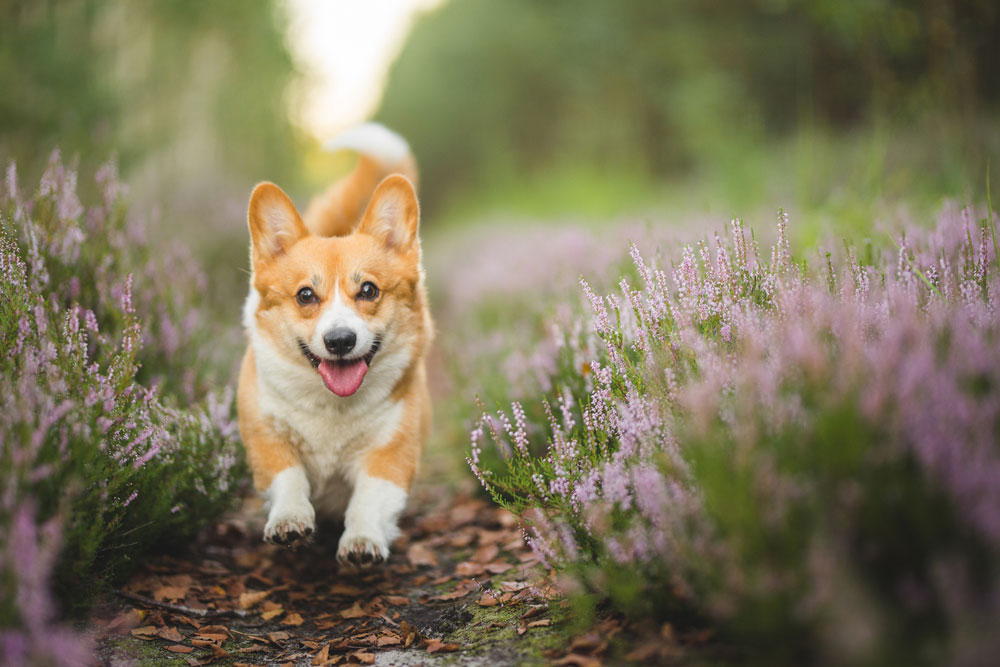
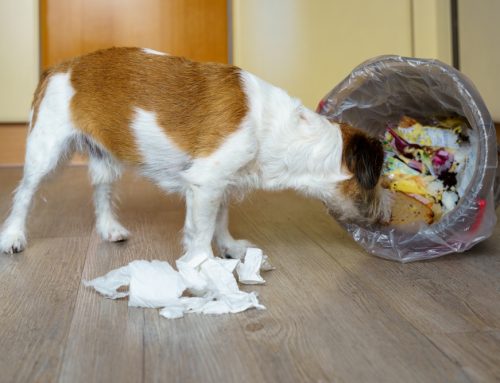
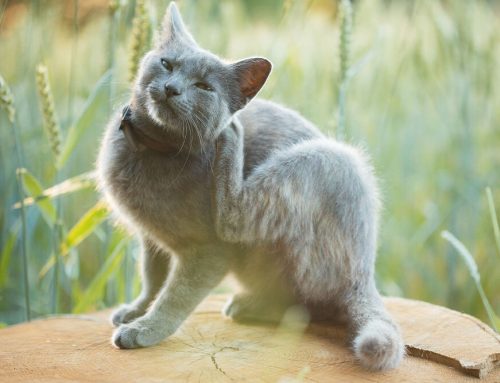
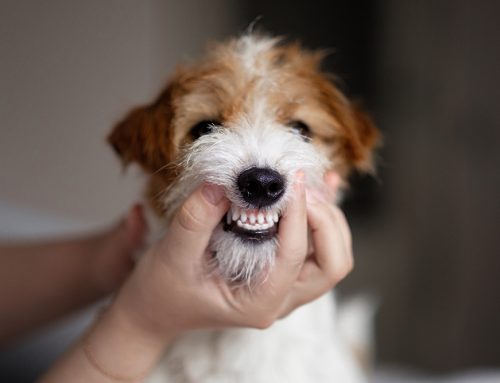

Leave A Comment